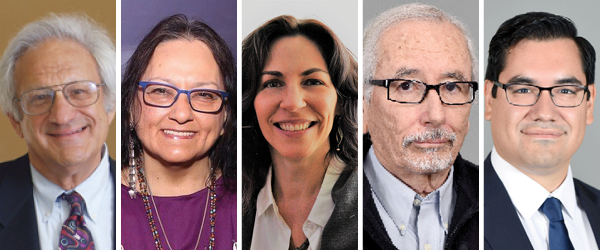
On Nov. 16, the ILP commemorated the 30th anniversary of the Native American Graves Protection and Repatriation Act (NAGPRA) with a webinar “NAGPRA: 30 Years and Beyond.” The roundtable focused on how the law has empowered Tribes to reclaim their ancestors and cultural items from museums and other federally funded institutions, and what changes are needed in both the law and its implementation to better serve Indian Country.
Suzan Shown Harjo (Cheyenne & Hodulgee Muscogee), writer, curator, policy advocate and president of the Morning Star Institute, shared her insights into the important role NAGPRA plays in reversing the harms done to Indigenous ancestors and culture by researchers, federal agencies, and museums. She also spoke to the need for Tribes and their advocates to fully explore NAGPRA’s potential. James Riding In (Pawnee), founding member and associate professor in the department of American Indian Studies at ASU, spoke about his experiences helping Tribes implement NAGPRA and addressed some of ways Tribes can better negotiate with holding institutions. Shannon O’Loughlin, executive director and attorney with the Association on American Indian Affairs, discussed how NAGPRA should not be another way for museums to gather more data from Tribes to fill in gaps left by poor research—It is an enforceable law museums must respect with repatriation as its end goal. ASU Law’s Dean Emeritus Paul Bender, who facilitated the panel for National Dialogue on Tribal-Museum Relations that led to the passage of NAGPRA, moderated the event.
“The panelists’ insights into the origins of NAGPRA really brought the law into perspective,” said Professor Trevor Reed. “They showed us just how much the law can do for Tribal Nations as we build capacity and push to revise and develop it going forward.”
We’re grateful to these experts for sharing their time and knowledge
